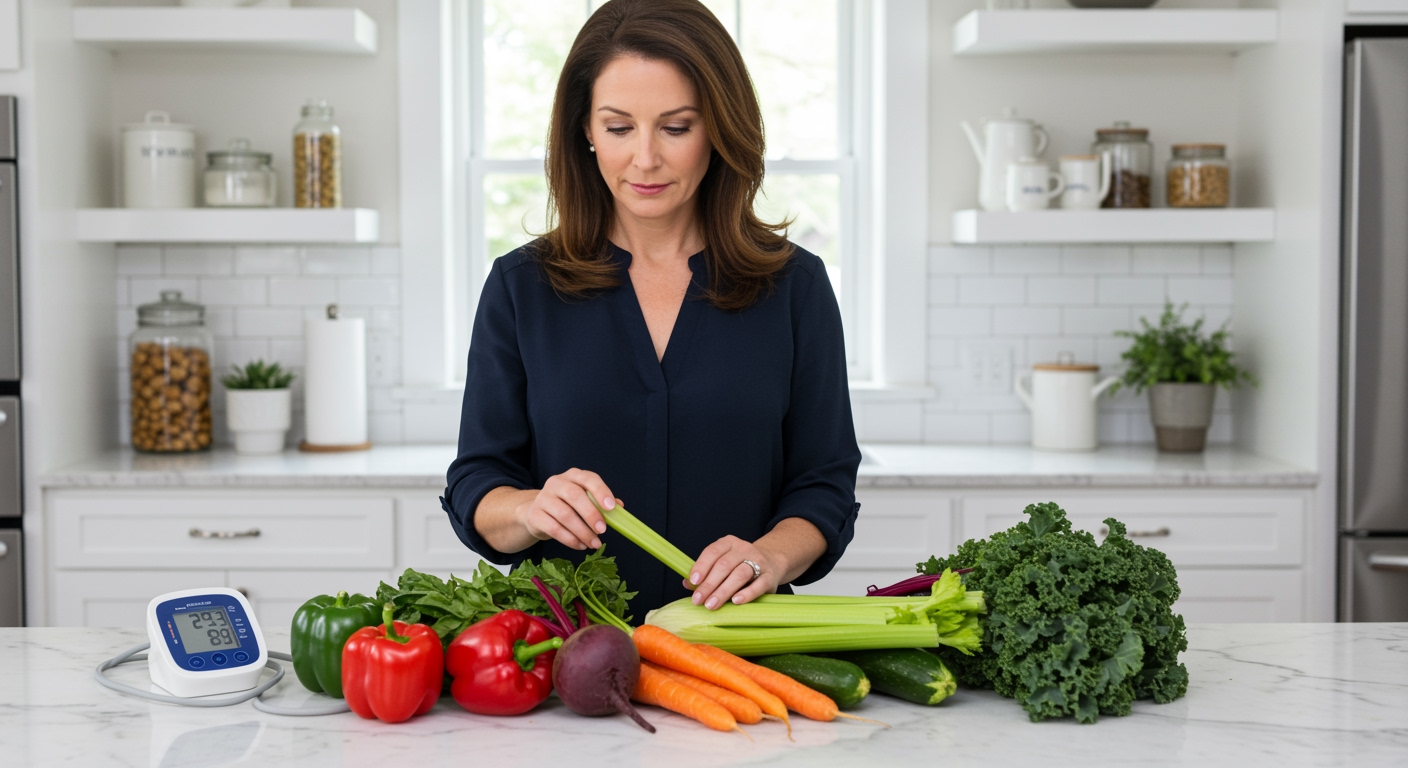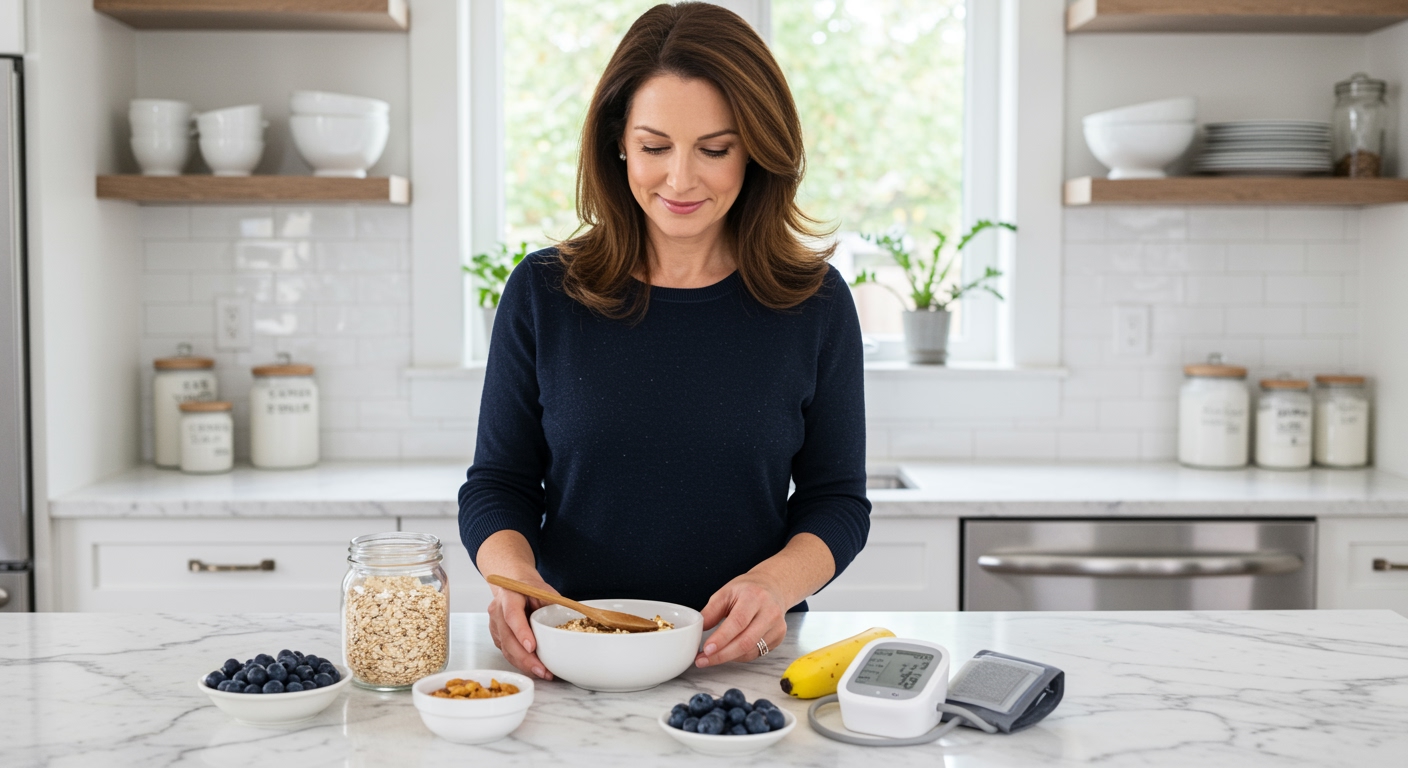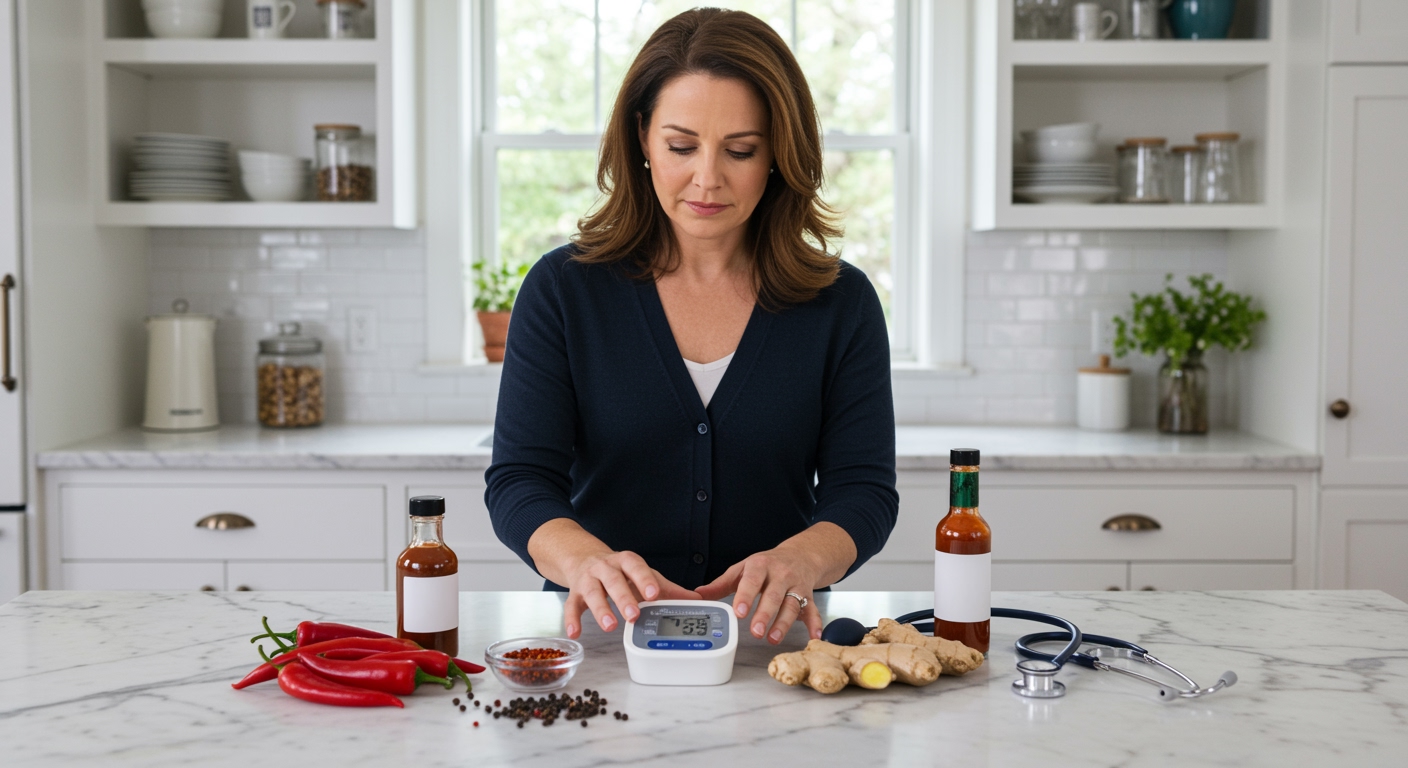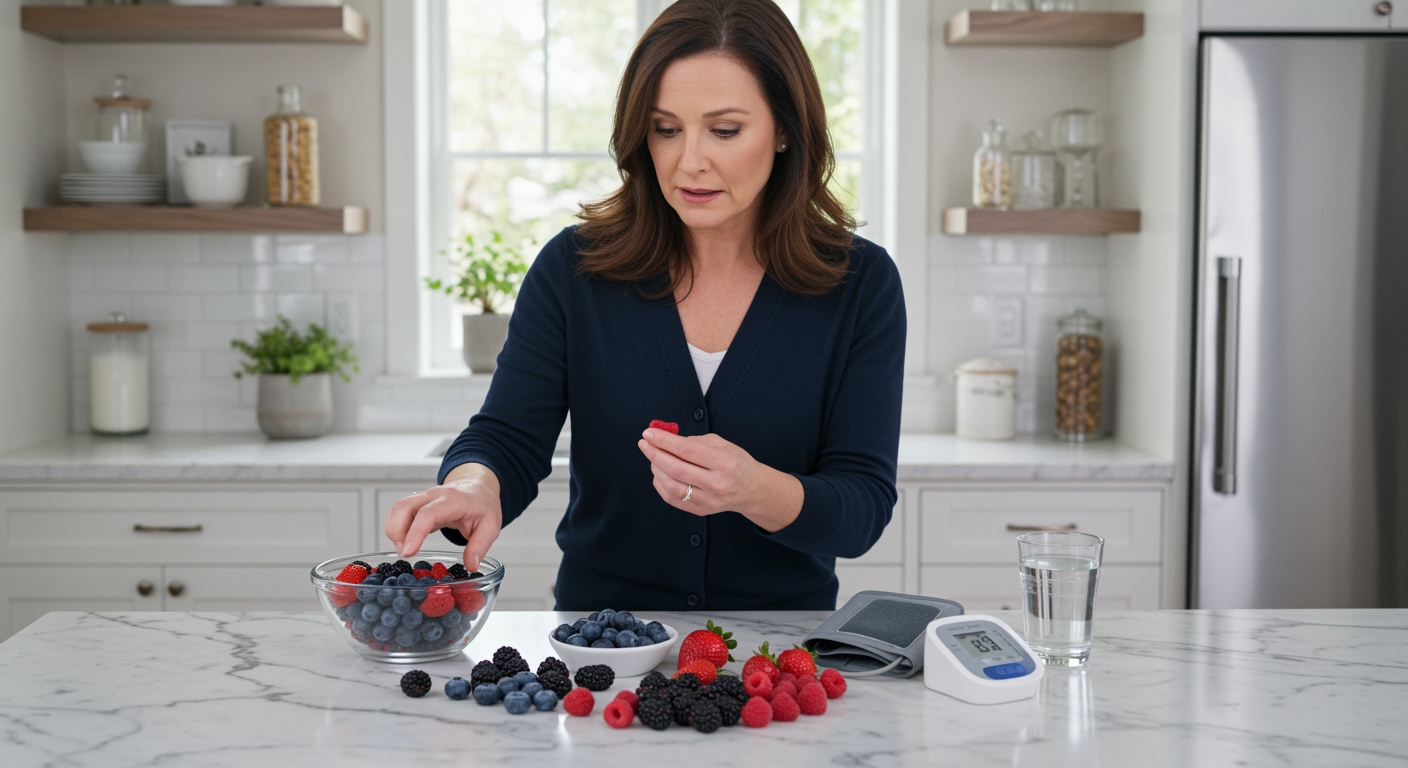✪ Key Takeaway: Hypotension patients can safely eat most raw vegetables but should limit high-potassium ones like spinach and beets.
Introduction
Your doctor just told you that your blood pressure is too low and you need to watch what you eat.
Now you are staring at your favorite salad ingredients wondering if those raw vegetables might make your hypotension worse.
Hi, I am Abdur, your nutrition coach and today I am going to explain exactly which raw vegetables are safe for hypotension patients and which ones you should approach with caution.
What Happens When You Eat Raw Vegetables With Low Blood Pressure?
Raw vegetables affect your blood pressure through several different pathways in your body.
The potassium content in many raw vegetables can cause your blood vessels to relax even more than they already are.
When you have hypotension, your blood vessels are already too relaxed and your heart is working harder to pump blood throughout your body.
High-potassium vegetables like raw spinach contain about 558 milligrams of potassium per 100 grams.
This mineral tells your kidneys to excrete more sodium, which can lower your blood pressure further.
Raw vegetables also contain natural nitrates that convert to nitric oxide in your body.
Nitric oxide signals your blood vessels to widen, which is great for people with high blood pressure but problematic for those with hypotension.
✪ Fact: Raw beets contain more nitrates than any other vegetable, with levels reaching 250 milligrams per 100 grams.
Which Raw Vegetables Should You Limit?
Certain raw vegetables can make your hypotension symptoms worse if you eat them in large amounts.
Raw spinach tops the list of vegetables to limit because of its extremely high potassium content.
Just one cup of raw spinach contains more potassium than a medium banana.
Raw beets are another vegetable that can lower blood pressure significantly due to their nitrate content.
Studies show that drinking beet juice can reduce systolic blood pressure by 4-10 mmHg within hours.
Raw celery contains compounds called phthalides that relax the muscles around your arteries.
Swiss chard, arugula, and raw kale also contain high levels of potassium and nitrates that can affect your blood pressure.
✪ Pro Tip: Limit high-potassium raw vegetables to small portions no more than twice per week.
Which Raw Vegetables Are Safe For Hypotension?
Many raw vegetables are perfectly safe for people with low blood pressure when eaten in normal amounts.
Raw carrots contain moderate potassium levels and provide steady energy through their natural sugars.
Cucumbers are mostly water with very low potassium content, making them an excellent choice for hypotension patients.
Raw bell peppers of all colors contain less than 200 milligrams of potassium per 100 grams.
Radishes, raw cabbage, and lettuce varieties like iceberg and romaine are also safe options.
These vegetables provide essential nutrients without significantly affecting your blood pressure levels.
Raw tomatoes contain moderate potassium but also provide sodium, which can help balance your electrolytes.
✪ Note: Raw vegetables with less than 300mg potassium per 100g are generally safe for daily consumption.
How Should You Prepare Raw Vegetables For Better Blood Pressure?
The way you prepare and combine raw vegetables can make a significant difference for your blood pressure.
Adding a pinch of salt to your raw vegetable salads can help counteract the potassium effects.
Salt helps your body retain water and increases blood volume, which can raise your blood pressure naturally.
Combining raw vegetables with protein sources like cheese, nuts, or hard-boiled eggs slows down nutrient absorption.
This slower absorption prevents rapid changes in your blood pressure after eating.
Eating smaller portions of high-potassium vegetables mixed with safer options creates a balanced approach.
For example, use just a few spinach leaves in a salad that is mostly lettuce and bell peppers.
✪ Pro Tip: Eat raw vegetables with meals rather than on an empty stomach to minimize blood pressure effects.
When Should You Avoid Raw Vegetables Completely?
There are specific situations when hypotension patients should temporarily avoid raw vegetables altogether.
If your systolic blood pressure drops below 90 mmHg regularly, you should limit all high-potassium foods.
During hot weather, your blood vessels naturally dilate more, making the effects of raw vegetables more pronounced.
People taking blood pressure medications like ACE inhibitors should be extra cautious with raw vegetables.
These medications already lower your blood pressure, and adding high-potassium vegetables can cause dangerous drops.
If you experience dizziness, fatigue, or fainting after eating raw vegetables, stop consuming them immediately.
Always consult your doctor before making significant changes to your diet when you have hypotension.
✪ Note: Monitor your blood pressure for 2 hours after eating raw vegetables to track their effects on your body.
The Bottom Line
Most raw vegetables are safe for hypotension patients when eaten in moderation and prepared thoughtfully.
Your plate should tell the story of balance, not restriction because completely avoiding vegetables will harm your overall health more than help your blood pressure.
I would love to hear about your experiences with raw vegetables and blood pressure in the comments below, and please share any questions you might have about managing hypotension through nutrition.
References
At NutritionCrown, we use quality and credible sources to ensure our content is accurate and trustworthy. Below are the sources referenced in creating this article:





